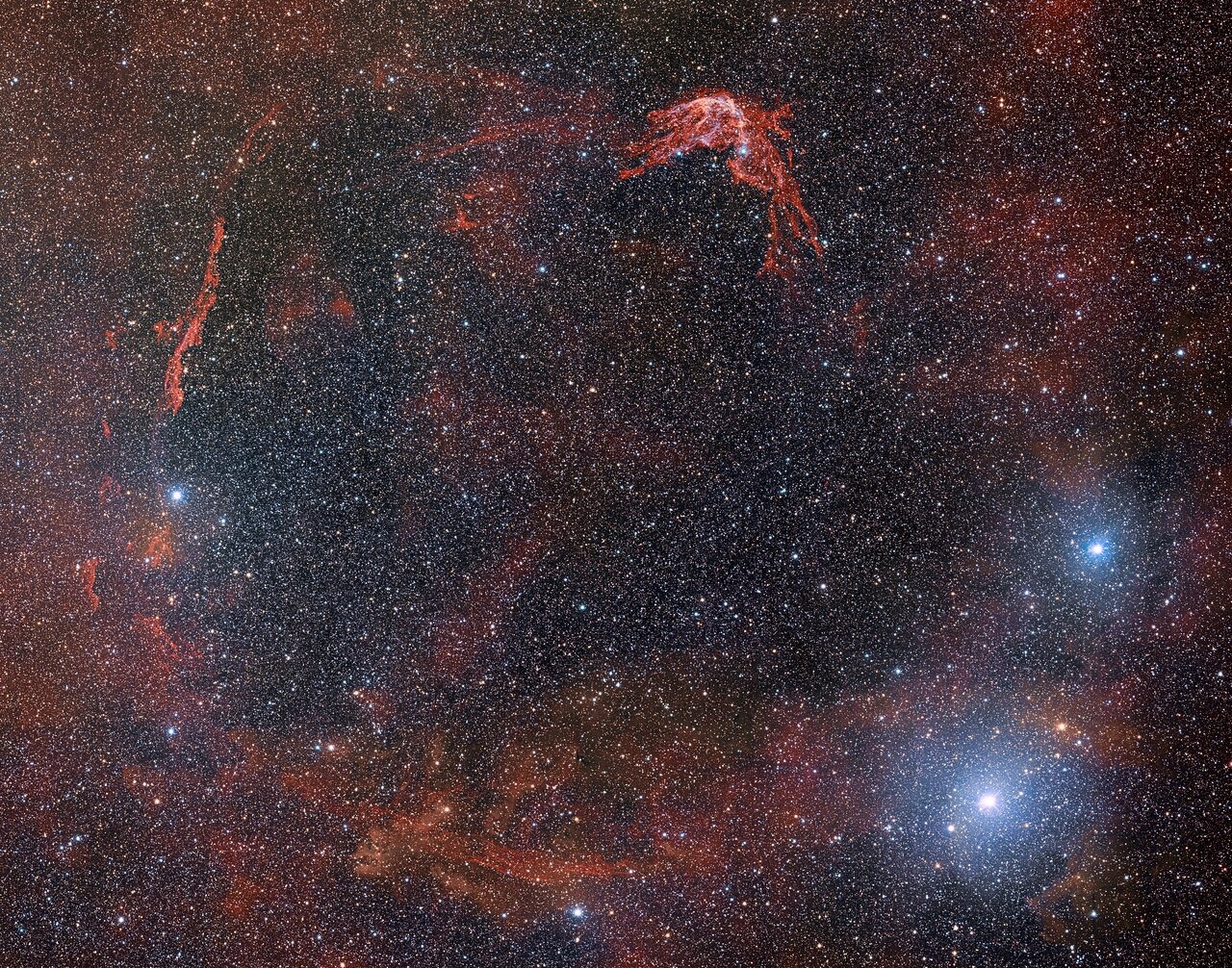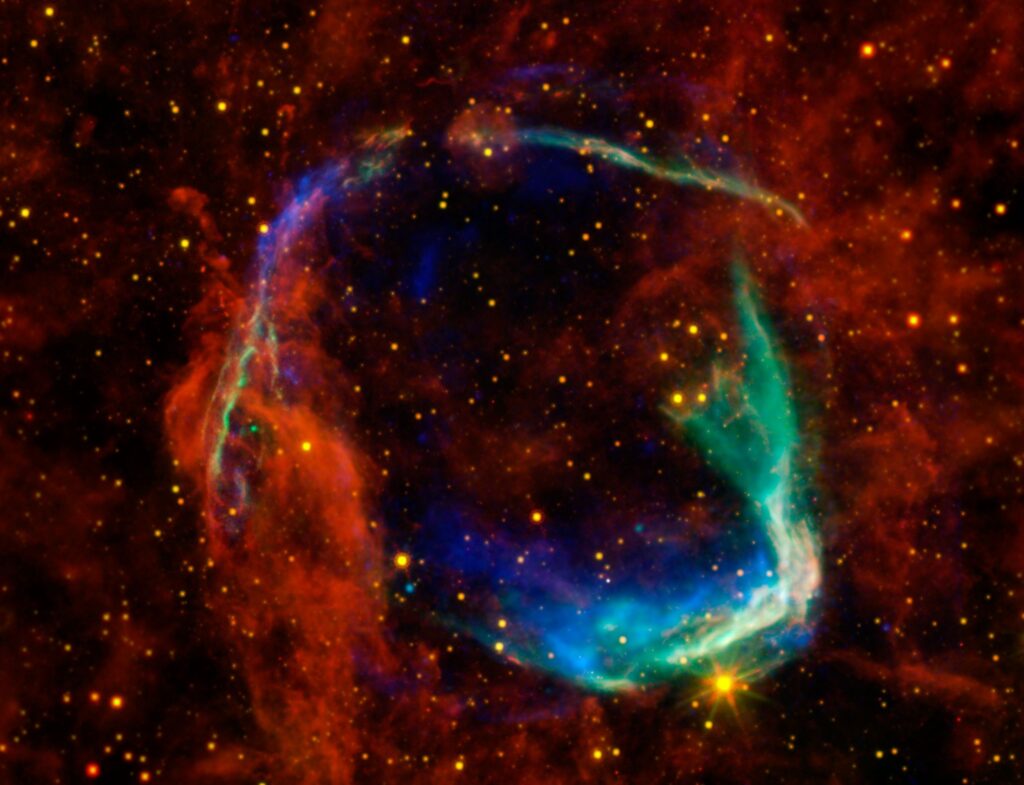A tool for studying dark matter has revealed the remnants of a supernova in unprecedented detail. The image taken by the Dark Energy Camera on the Victor Blanco 4-meter telescope of the National Science Foundation (NSF) at the Cerro Tololo Inter-American Observatory in Chile shows scattered tendril-like clouds of dust and gas that are scattered by a ring from a powerful explosion in the past.NSF NOIRLab published the image on Wednesday, March 1.

Thanks to its ability to see most of the sky at the same time without compromising the level of detail, the Dark Energy Camera has provided astronomers with a “rare view of the supernova remnant”. Astronomers hope that this new and deeper look at the object will help them better understand the processes that caused the long-ago explosion.
First historical mention of supernova
The remnants surround an area larger than the apparent size of the full moon between the constellations Circinus and Centaurus in the southern sky. The amazing cloud, known to astronomers as object RCW 86, is considered to be the remnant of a star. This star erupted in 185 AD with such force that it attracted the attention of ancient Chinese astronomers.
The ancient Chinese witnessed the amazing explosion of a dying star and documented its appearance, so RCW 86 is the first recorded supernova in the history of mankind. Astronomers of that time were surprised by its large angular size – about 45 arc minutes, which was more than the apparent size of the full moon. The supernova was the brightest object in the sky 1800 years ago for 8 months.

Modern astronomers know that this event occurred 8000 light–years in the direction where the nearest stellar brother of the Sun is located – the triple star Alpha Centauri.
Erroneous assessment
Although astronomers today agree that RCW 86 is the remnant of supernova SN 185, this has not always been the case. For a long time, scientists believed that the size of the remnant was too large to arise as a result of a supernova explosion. Calculations of previous studies have shown that it would take 10 thousand years to scatter the material from the explosion so far from the dead star.
However, in 2006, astronomers found evidence that the shell was developing much faster than they initially thought. Subsequently, observations by NASA’s Spitzer Space Telescope detected a large amount of iron in the material, which led astronomers to conclude that the explosion that caused RCW 86 must be the most powerful of the known types of supernovae. These supernovae occur when a white dwarf, a dense remnant of a star, absorbs its companion. These types of supernovae, now known as type Ia supernovae, produce so much light that this phenomenon would not have gone unnoticed even in the distant past. In the past, when astronomers were limited to observations with the naked eye.
According to Space
Follow us on Twitter to get the most interesting space news in time
https://twitter.com/ust_magazine

